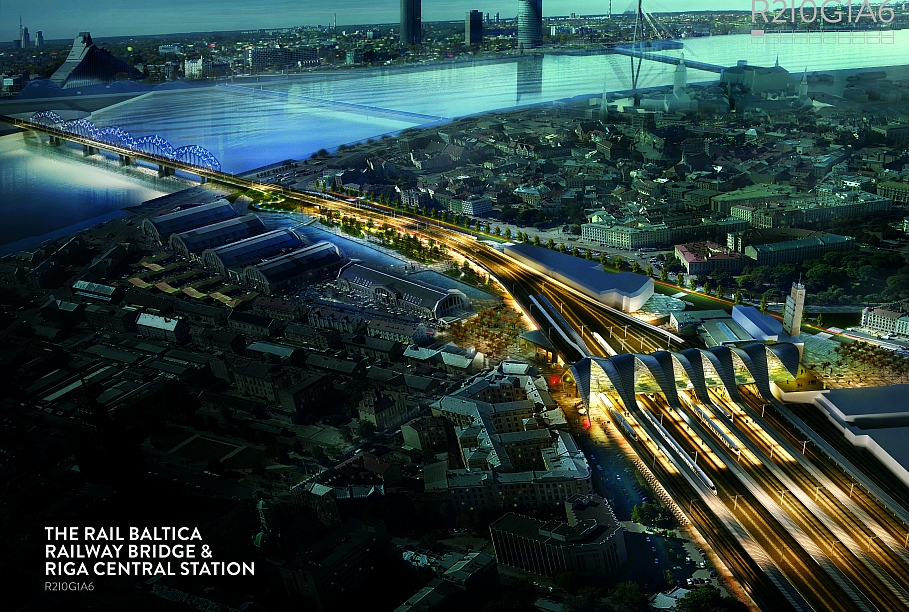Initially no winner was selected for the reconstruction, worth close to €200m, with two contestants awarded joint second place in the competition, including PLH Arkitekter and COWI as well as a local firm.
However on March 22 the winners were confirmed to be the Danish firms.
Architect Jānis Dripe, who chaired the project jury, expressed hopes that the project will be used to develop the area along the station.
"From the time the defense bastions were leveled and Old Riga became part of central Riga, this is the second city transformation of such a scale in the history of Rīga," he said.
"We're leveling the [railroad] embankment and unifying two parts of the city. This opportunity must be put to good use!" said Dripe.
Local architects are however wary that, due to lack of inter-institutional communication, the area might remain as shabby as it is held to be now.
"The worst thing is that no talks are ongoing between institutions. Today promises were made that everything will happen, however four months have passed since the jury's verdict already. What happened in the interim?" said architect Pēteris Bajārs, appearing on Latvian Radio earlier on March 22.
The project territory covers 14 hectares and includes the historic central railroad station of Riga, the embankment from Dzirnavu Street to Krasta Street, and a planned Rail Baltica bridge over the River Daugava.
Rail Baltica is a proposed high-speed line to link Helsinki with Berlin through the Baltic capitals by 2024.
The key goal of the project is to renew regional integration by re-joining the Baltic states with the European rail network.
The project will cost Latvia about €1.27b. The first part of the project acquired more than 80% in funding from the Connecting Europe Facility.




































